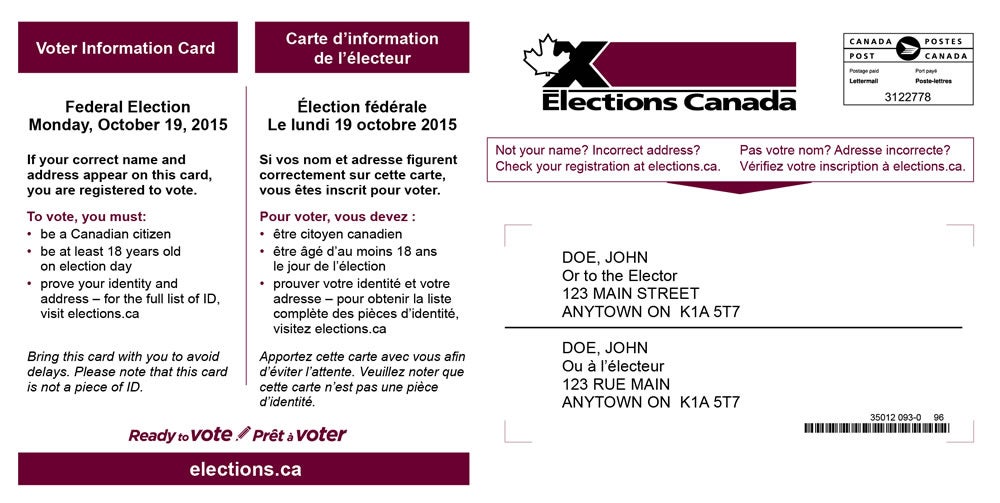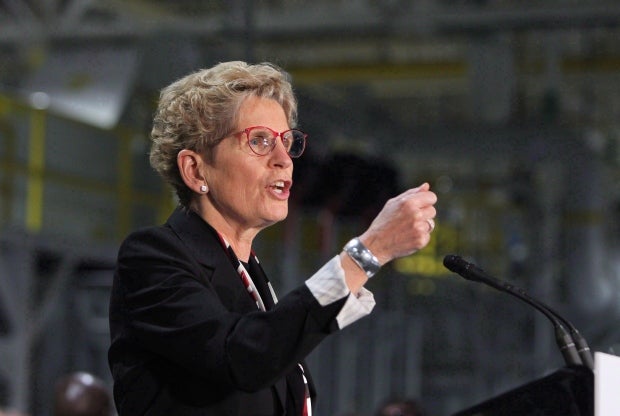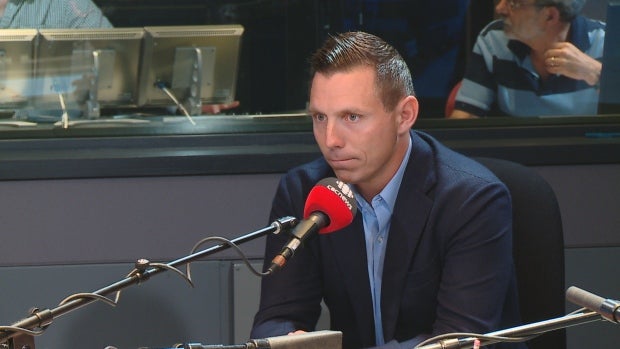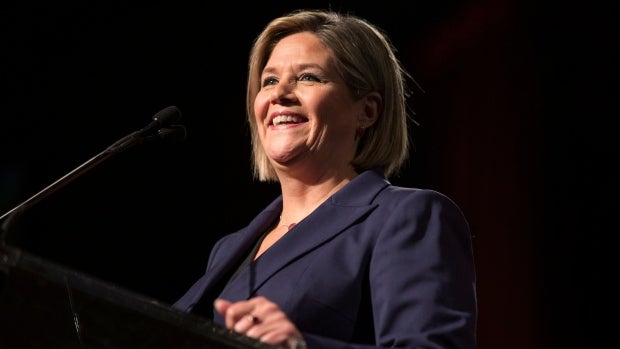An Introduction to the Ontario Provincial Election
By Austin Richard – Science Society Vice President Internal, 3rd Year Undergraduate MNS

On September 15th earlier this month, Elections Ontario announced in celebration of International Day of Democracy a new e-Registration tool that Ontario Canadian citizens may use to more easily verify their voting status and register to vote in preparation for next year’s provincial election (Elections Ontario New e-Registration). The election, which is currently scheduled for June 7th of 2018, is fast approaching and the government of Ontario has been prompting young voters between the ages of 18 to 24 to register early through on-campus promotional events at universities and colleges around Ontario. The government has also been attempting to trend the hashtags ‘#EisforEasy’ and ‘#GetONit’ on the social media giant Twitter.
This election period will feature new electoral districts. The number of electoral districts is as of today 122 but this is changed from the previous 107 districts prior to the Representation Act, 2015, which was enacted in December of 2015. Additionally, a report submitted this past August by the Far North Electoral Boundaries Committee, established in 2016 as an amendment to the Representation Act, 2015, has recommended the creation of two more districts via Bill 152 which would bring the total number of districts to 124. Bill 152 has yet to pass and includes amendments not only to the Representation Act, 2015 but also to the Election Finances Act, to the Elections Act and to the Legislative Assembly Act. For full information on the details of Bill 152 visit the official site of the Legislative Assembly of Ontario (LA of Ontario – Bill 152); to see if the creation and redistribution of electoral districts will affect you visit the official site of Elections Ontario (Electoral District Map – 2018 Election).
Another big change this election period surrounds how political parties get their funding. As of January 1st 2017, parties have been banned from receiving donations from corporations and unions: but not from individuals. This may be an important change and vital in minimizing links between corporate funding and policy decisions writes CBC’s Mike Crawley (CBC). New rules will reserve provincial tax dollars for campaign funding and each party that received at least two percent of the popular vote in the last general election will receive an annual allowance of $2.71 per vote.
If you are properly registered to vote then the government will send you a Voter Information Card, hereafter VIC, by physical mail. For this reason, it is important to ensure that your information is up to date on the Voters List. The VIC will contain your voter information and tell you when and where you may cast your ballot either in advance polling or on election day.

Voter information card by Elections Canada during an election campaign to every elector whose name appears on the preliminary lists of electors.
The incumbent government are the Ontario Liberals led by Premier Kathleen Wynne, who was voted in by majority in the last general election of 2013 and have held office for four terms since 2003 when Dalton McGuinty led the party. The Ontario Conservatives became the official opposition and have been since 2003. At the last election period the party was led by Tim Hudak but as of 2015, it has been led by Patrick Brown. The New Democratic Party, or NDP, remain in third-party status and have been since the end of the NDP provincial rule in 1995, at the time led by former Premier Bob Rae. The NDP has been led by Andrea Horwath since 2011 without much increase in support, gaining only four seats in the legislature since their last change in leadership.
In support of Ontario’s effort to raise youth voter turnout, please visit election.on.ca to find out if you are registered to vote in the upcoming election and if not, how you can get registered online using e-Registration. If you can make time to study for your exams then you can make time to get registered and vote on June 7th 2018, though the latter won’t take nearly as much time.

Kathleen Wynne – Ontario Liberal Premier

Patrick Brown – Ontario Conservative Official Opposition Leader

Andrea Horwath – Ontario New Democratic Party Leader
Make sure you:
On co-op? Make sure you check how to vote while away. If you are unable to vote at an advance voting location or on election day or are temporarily living outside of Ontario, you may be eligible to vote by special ballot.